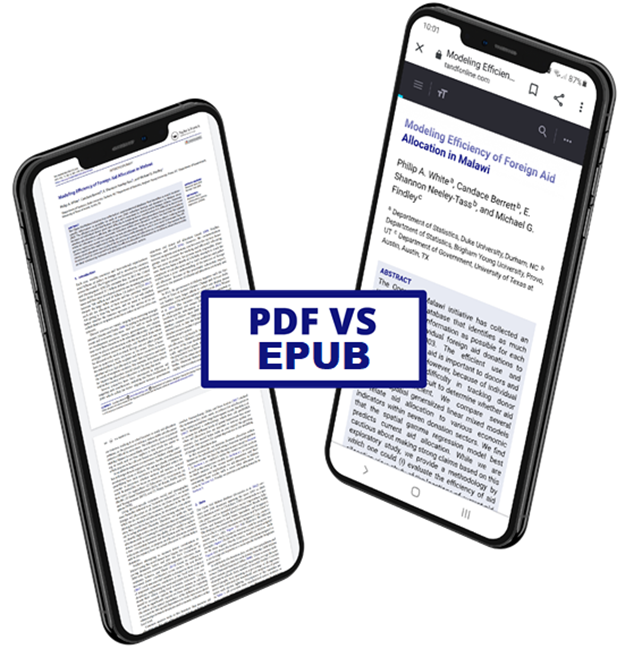< Back to Digital publishing excellence
What is SEO?
The best time to showcase content to potential readers is when they’re actively searching for it. SEO – search engine optimization – is the practice of improving a website, so that its content ranks higher in search engine results.
When you’re looking for something online, how often do you go beyond page 1 to find the answer to what you’re looking for? Research shows that the first search results on Google (after any advertising) are significantly more likely to be clicked. Ranking high in search engine results is key to ensuring the right readers discover published research.
That’s why we’re continuously making improvements to Taylor & Francis Online, to ensure research articles rank higher in Google and other search engines. In fact, most of the readership at Taylor & Francis Online is driven by search engine queries.

How to grow article readership using SEO
Taylor & Francis Online: SEO driven enhancements
We continuously develop and implement new features, ensuring they are delivering value to all users. Our recent SEO enhancements include:
- Faster page loading speeds: crucial for any audience, especially those on mobile, tablet, or in areas with slow connections.
- Optimized Aims & Scope: user-friendly copy and revised keywords.
- Breadcrumbs: aid site navigation.
- Short descriptors: provide a short summary of page content.
- Text to speech: article narration as an option e.g. for visually impaired readers.
- Alternative text for images: describes the image for visually impaired readers and search engines.
- Related articles: encourages readers to read more.
- Redesigned article keywords: high visibility in web searches.

Mobile-friendly reading
About one third of visits to Taylor & Francis Online are through a mobile device, and this number is increasing year-on-year. So, we’ve developed eReader.
Articles opened with eReader use less data and are easier to read compared to opening an article PDF.
We ensure that our digital products are accessible to all users, regardless of their ability or the technology they’re using. This includes people with visual, hearing, cognitive or motor impairments.
The eReader is more accessible than PDF or HTML: the font size can be easily increased and the content itself is optimized for users of screen-reading devices.

6 advantages of Taylor & Francis Online’s eReader for every journal
- A more accessible, engaging and natural digital reading experience for all users on all devices.
- Reflowable text that adjusts according to the device being used.
- Adjustable text size and page layout options allowing users to personalize their reading experience to suit their own preferences.
- Offline reading and download options, allowing articles to be saved and opened later on compatible devices or apps (such as Apple Books or Google Play Books).
- Up to 90% smaller than PDF files, meaning faster download times and more efficient data usage for mobile users.
- Access Sharing allows readers and authors to easily share a read only version of the article full-text with anybody.
Small changes, powerful results
Our focus on SEO is paying off. With almost half our readership now originating from search engines, overall annual journal readership on Taylor & Francis Online had grown significantly in the last few years.
Google is the main source of search traffic, followed by other search engines such as Google Scholar, Baidu, Bing, and Yahoo. Whilst our audience is mostly researchers, search engine traffic is increasingly attracting practitioners and the general public.
Ben Hudson, Marketing Manager (Societies and Editors)